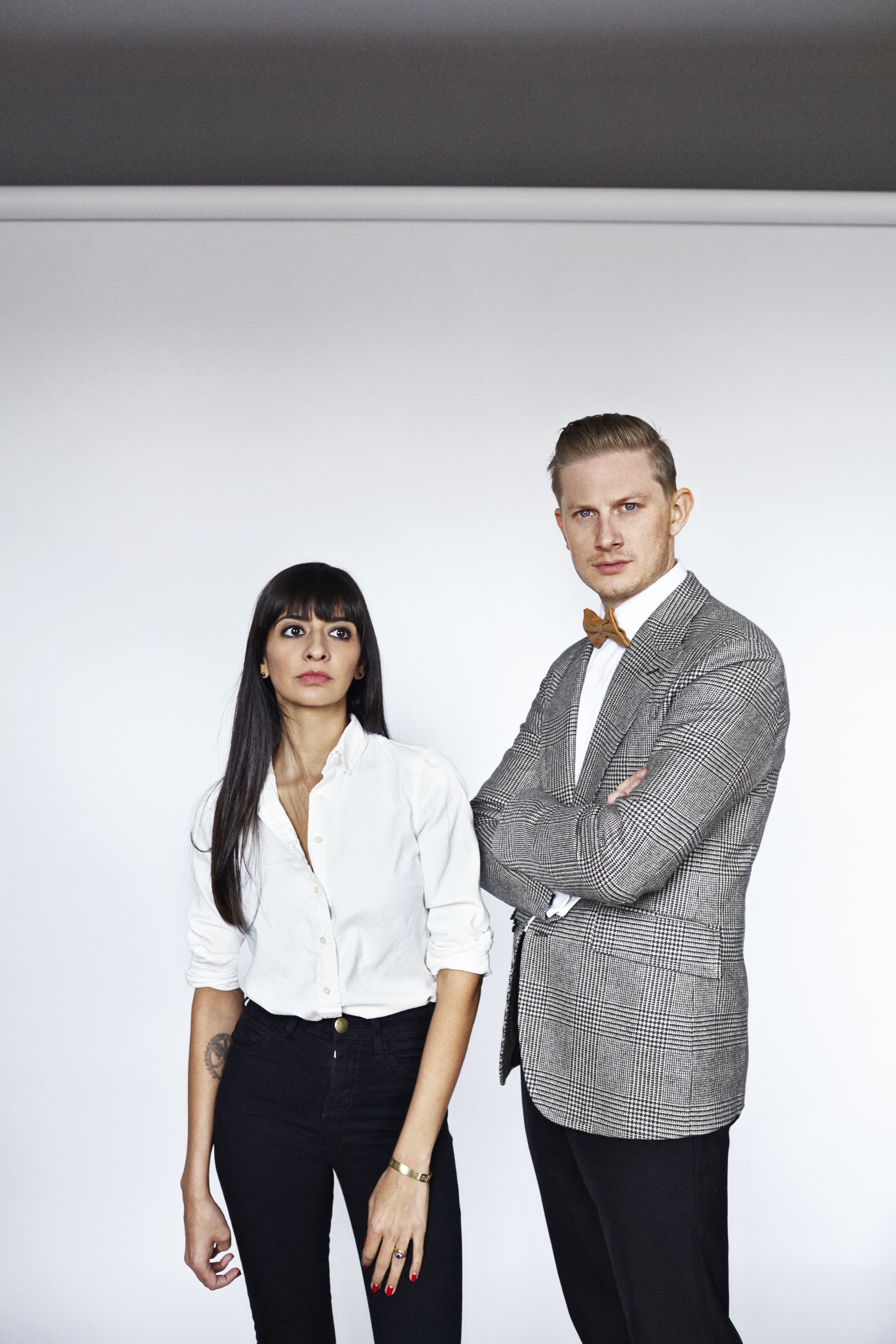
David Seth Moltz, a 37-year-old New York perfumer who has built a career creating widely admired scents for his company D.S. & Durga, wants to create scent landscapes. Referencing the painting genre both conceptually and literally, Moltz makes a strong argument for scent as medium.
“My discipline is very much about realistic scent recreation down to very specific details, so that there’s an authenticity to the time and the place within the scent,” explains Moltz. “With a painting, you feel like you can look and go there in your mind; a fragrance is like stepping inside of that painting.”
Moltz has been putting the landscape aesthetic to the test in a number of group shows over the last few years. He was included in the landmark exhibition “Perfume: A Sensory Journey Through Contemporary Scent” at Somerset House in London last summer; he created three scents each for “Botánica” at San Francisco’s Berggruen Gallery and “Wormwood” at Ellis King Gallery in Dublin, both curated by Todd von Ammon.
Moltz, who is self-taught, uses a kind of perfumer’s language that comes from years of practice. D.S. & Durga—which he runs with his wife, Kavi Ahuja Moltz—has had a good run since launching in 2008. The duo—David creates the scents and Kavi the brand’s visual aesthetic—has built a sturdy company with a small boutique in the Bedford-Stuyvesant neighborhood of Brooklyn that sells its core range of 12 scents, as well as its candles. Nearly all of the scents have some kind of intricate tale associated with them.
It was through some of those scents that von Ammon discovered Moltz. He had been a consumer of the brand’s best-sellers Radio Bombay, Cowboy Grass and Mississippi Medicine when he realized that the stories and scents would work well in a gallery context.
“When I started talking to David, I noticed this was a strong part of his practice—places, people, fictional characters,” says von Ammon, who is a director at Team Gallery. “I was making a few shows, and I had wanted to engage that sense somehow. Other artists were focused much more on a hard scientific side of things, with pheromones and thing like that, but David’s process involves using genuine fragrances to create things that are much more evocative, and revelatory in a sense.”
Still, despite curators placing a bit more attention on olfaction in an exhibition, Moltz notes that in the art world perfume is still a novelty. He hopes that all will change as more perfumers take themselves seriously, and insert themselves into the art conversation.
“There are more astronauts in the world than there are perfumers,” he says, “and even less working perfumers that also display in art shows, right? I believe that it has a unique power, but there is an upward battle to describe it as an art form.”










 in your life?
in your life?

